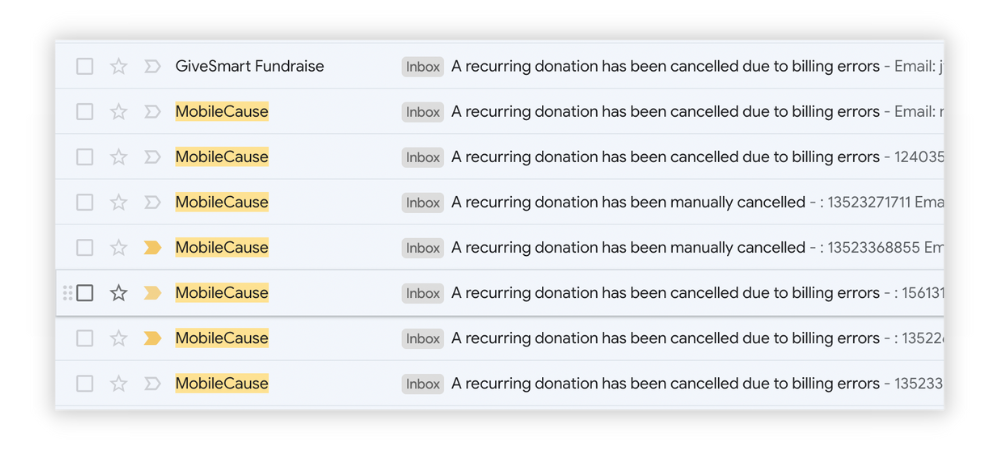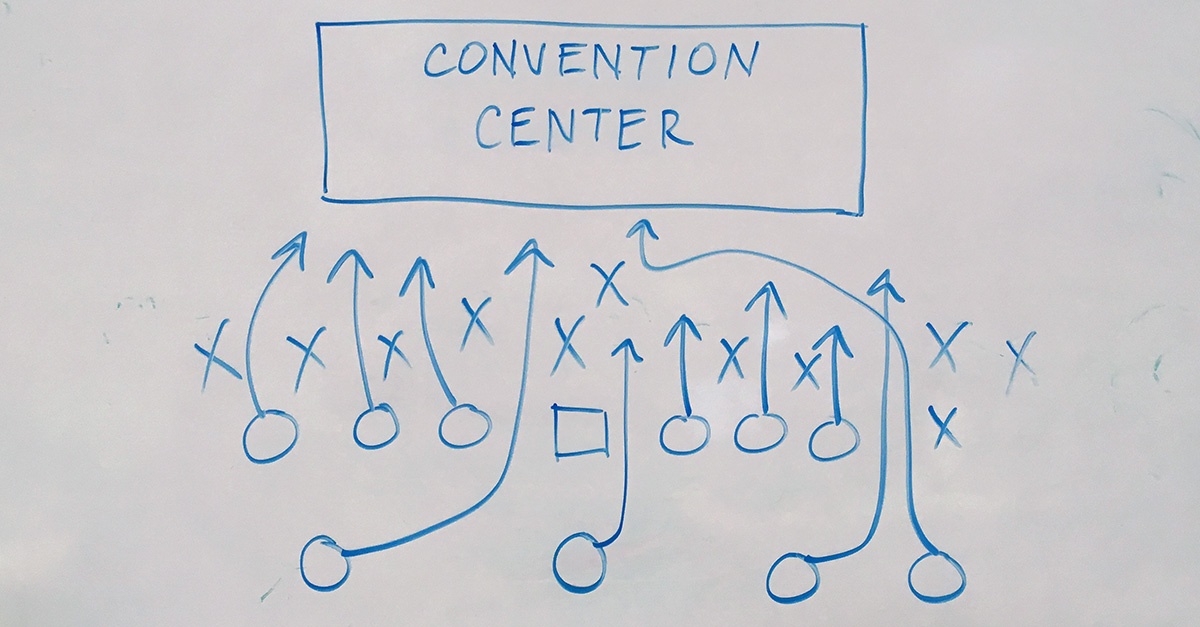
How your nonprofit can make the most of recurring donations
Recurring donations are a powerful way to create ongoing revenue for your nonprofit. Instead of chasing that one-time $100 donation, find supporters who will donate on a weekly, monthly, or quarterly basis.
As people have become accustomed to subscription models for everything from streaming entertainment to software, a small, recurring donation supporting a good cause is often more doable than a single, large gift. Millennials were especially open to this model with 40% saying they are open to giving monthly to a new cause.
Small recurring donations typically add up to a larger annual giving total and an even greater lifetime value if you can retain them year over year.
So how do you find people willing to set up recurring donations?
1. Target specific donors with emails and ads
Take a look at your donor database and identify donors who have made small to medium one-time donations or several small gifts over the previous year. Build an email list of donors who meet these criteria and use it to send targeted emails and ads with an appeal to set up recurring donations.
To serve ads, use that same email list to run an email mapping campaign to ensure your ask reaches them whenever and wherever they are online.
2. Run a donation abandonment campaign
Another great way to find new recurring donors is to serve ads to people who visited your donation page but left without making a donation. We call this a donation abandonment campaign.
3. Add a pop-up form to your website
Pop-up forms are useful for capturing quick sign ups so why not use them to get monthly pledges for your organization?
4. Offer a unique incentive and reward milestones
While many nonprofits send elaborate thank-you gifts for one-time donations, this kind of response isn’t always sustainable. However, with recurring donations you may offer rewards or simply surprise donors at specific milestones.
Be careful though. While some donors want to proudly sport reusable tote bags and t-shirts, others may be turned off to see donations put toward swag. It all depends on your donor segment and your organization’s mission. See this article on Vox for more insights on swag.
If you do create an incentive, be sure it’s in line with your mission and your donors’ values. For instance, an environmental nonprofit shouldn’t offer plastic swag with hefty packaging. Get creative and perhaps offer a VIP tour or a special seat at your annual fundraising event.
5. Add a recurring gift option to your donation form
Make sure that every donation form has a prompt for recurring donations. If you want to go the extra mile, craft a landing page that explains how your organization benefits from recurring gifts, what the funds go toward specifically, and the impact they’ll be able to make.
Focus on retention
Once you have a good number of donors with recurring donations, it’s important to make sure you retain them to get the maximum donor lifetime value. Here are just a few ways you can increase your chances of retaining your recurring donors for years to come:
1. Build a community
Outside of the long-term revenue benefits, recurring donations also provide an opportunity to build a stronger sense of community and connection with these donors.
Create a unique name or special status for them like Sustainers, Team XYZ, or Club X. If your donors are into swag, offer them t-shirts, pins, or bumper stickers that say, “I’m a part of the solution to end homelessness” or whatever your mission is.
If swag gifts aren’t well received, consider a quarterly meetup event or a Facebook group. The main idea here is to help them feel like they are part of a club or tribe of like minded people and that their consistent giving makes a huge impact.
2. Customize your communications
There’s a good chance that your nonprofit already sends a monthly newsletter. Instead of sending this group the standard version, make a copy and customize the language for monthly givers to include things like, “Your monthly donation allowed us to provide x number of services to x amount of people.” Let them know what the impact of their donation was whenever possible.
3. Stay on top of credit card expiration dates
Depending on the issuer, credit cards generally need to be replaced every three to five years. That said, you’ll want to set up automated emails to remind people to update their credit card information before and after that expiration date.

Example from a nonprofit that's set up automatic emails for billing errors and updates
If you get to a point where you have over 2,500 expired cards on file, it’s time to run an email mapping campaign and serve ads to remind your donors to update their payment information.
Takeaways
When recurring donations are prioritized in your fundraising and donor stewardship strategies, they can become the backbone of your organization’s revenue.
For more on how you can use digital advertising to further your mission, check out The Nonprofit's Guide to Digital Advertising.
You May Also Like
These Related Stories

GivingTuesday resources for nonprofits: Your toolkit for success

Year-end giving ideas: 3 ways to boost EOY fundraising
